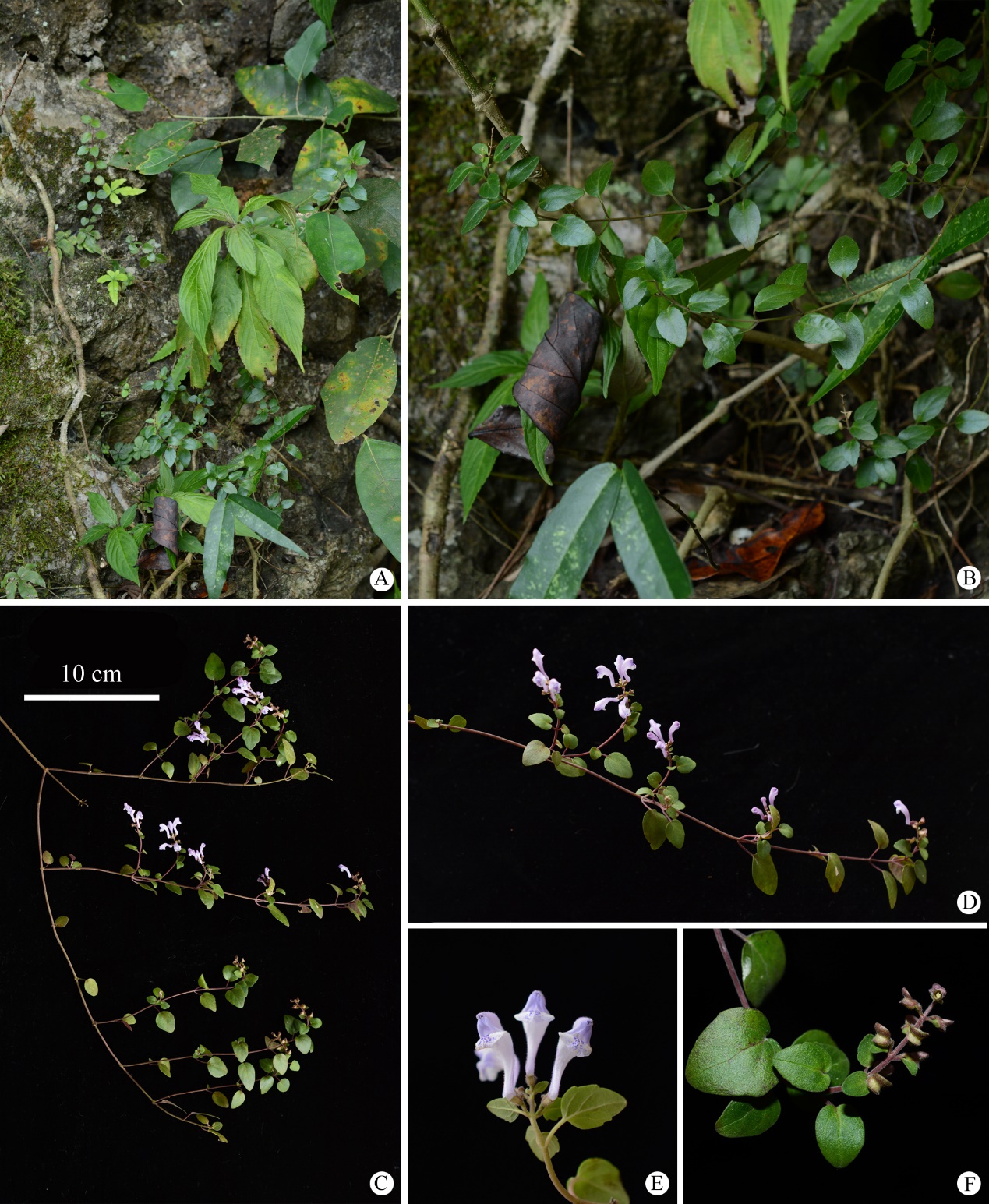Scutellaria yangchunensis and S. albovillosa (Lamiaceae), two new species from Yangchun, Guangdong, China
Scutellaria L. is a large genus in the family Lamiaceae, comprising ca. 350 species worldwide, and ca. 100 species in China (13 species and 4 varieties in Guangdong). For those Scutellaria species from China, few have wide distribution area, such as S. indica L. and S. baicalensis Georgi, but most are narrowly distributed in several provinces, and very few are restricted in their type localities, such as S. nigricans C.Y.Wu, S. chihshuiensis C.Y.Wu & H.W.Li, S. calcarata C.Y.Wu & H.W.Li, and S. stenosiphon Hemsl. Scutellaria is a taxonomically difficult genus mainly due to the various understandings of the inflorescence, the lack of wild population observation for the description of new taxa, which were usually based on type specimens, and the very use of variable characters for species delimitation of the genus. Few taxonomic works on the genus have been made since the publication of the Flora Reipublicae Popularis Sinicae. Some species in the genus are used as Chinese traditional herbal medicines to deal with inflammation and fever, such as S. barbata D.Don, S. amoena C.H.Wright, S. baicalensis, and S. scordifolia Fisch. ex Schrank.
Yangchun city, located in the southwest of Guangdong province, China, is an insufficiently botanized region, with several new species being discovered in recent years owing to more and more intensive field investigation, including Cladopus yangjiangensis X.T.Liu, G.Di Chen & B.Hua Chen, Lagerstroemia yangchunensis B.H.Wu & G.Di Chen, Peliosanthes yangchunensis H.Z.Feng & W.B.Liao, Glochidion yangchunense Z.Q.Song & Gang Yao, Glochidion liangkwangense Gang Yao & Z.Q. Song, Carex yangchunensis X.F.Jin, Y.F.Lu & D.C.Meng, Aspidistra yangchunensis S.P.Dong & Z.L.Ning, and Ticanto xylocarpa K.W.Jiang & Shi J.Li et al. On March 10, 2023, Sir Chen Guodi, a plant lover from Yangjiang city, and Professor XU Yechun, from Guangdong Academy of Agricultural Sciences, came across a strange Scutellaria plant in Chunwan town of Yangchun, and sent living plants to the South China Botanical Garden, CAS. Dr. ZENG Youpai, an engineer of the Herbarium and Identification Center, suggested it a suspected undescribed species after critical examination of the plant at hand, and then on March 18 he made a field survey, together with Sir Chen and Professor Xu, to the locality where the questionable Scutellaria plant grows. On the same day in the Kongdongyan scenic spot in the suburb of Yangchun city, they found another questionable Scutellaria species. Since then, Dr. ZENG has spent almost two years to learn the genus Scutellaria from China and the adjacent areas by consulting literatures of almost all the species occurring in these areas, examining the specimens (including type specimens) through databases (usually online, including CVH, GBIF, JSTOR, and other herbaria worldwide), and observing living plants via plant photo banks such as PPBC and CFH. Finally, Dr. Zeng determined the two Scutellaria plants as new to science, naming them S. yangchunensis Y.P.Zeng and S. albovillosa Y.P.Zeng, respectively.
At first glance Scutellaria yangchunensis and S. albovillosa resemble S. wongkei Dunn in habit and in the bract and flower morphology, but differ by an array of characters. Scutellaria yangchunensis differs from S. wongkei by its leaves and bracts shallowly serrate or entire (vs. crenate) at the margin, hirtellous only on veins (vs. totally hirtellous on both sides), and middle lobe of lower lip of corolla dark purple spotted (vs. whitish). Scutellaria albovillosa differs from S. wongkei by its long (ca. 0.5 mm vs. ca. 0.2 mm) and erect (vs. upwardly curved) hairs on the stem and rachis, cordate (vs. broadly cuneate to rounded) leaf base, strongly saccate (with a ca. 0.8 mm long sac vs. slightly saccate) corolla tube base, and middle lobe of lower lip of corolla dark purple spotted (vs. whitish). From S. albovillosa, S. yangchunensis is readily distinguishable by having short (ca. 0.1 mm vs. ca. 0.5 mm long), upwardly curved and eglandular (vs. erect and glandular) hairs on the stem and rachis, leaves and bracts shallowly serrate or entire (vs. crenate), and corolla tube base not saccate (vs. saccate, with a ca. 0.8 mm long sac).
The results have been published online entitled ‘Taxonomic studies on Scutellaria (Lamiaceae) from China (I): two new species from southwestern Guangdong province’ in the renowned international journal in the plant taxonomy, Phytotaxa, on July 24, 2025. The first author and correspondence author is Dr. ZENG Youpai. Paper link: https://phytotaxa.mapress.com/pt/article/view/phytotaxa.711.2.6
Figure 1. Living plants of Scutellaria yangchunensis in the wild.
(Imaged by ZENG et al)
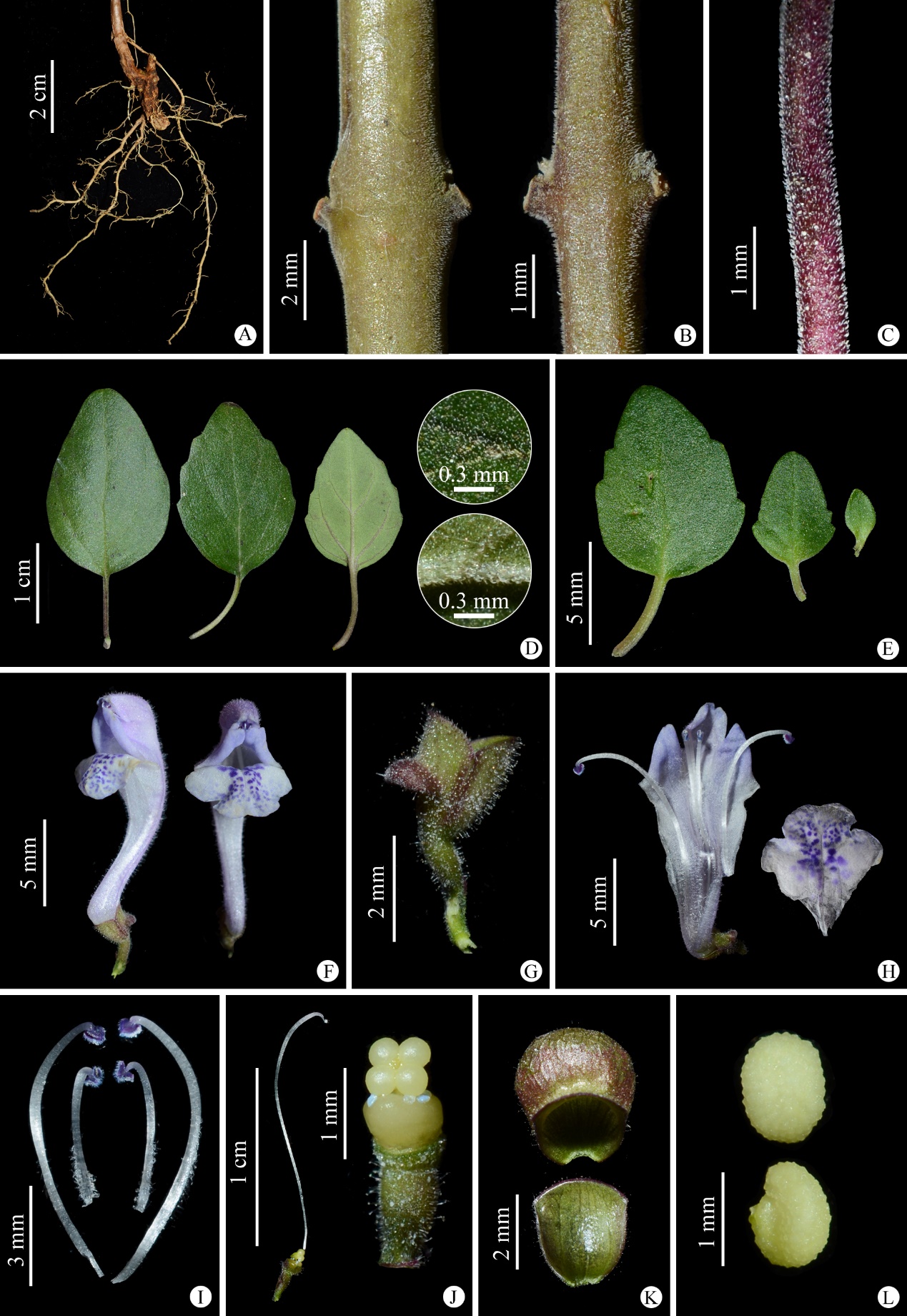
Figure 2. Dissection of Scutellaria yangchunensis.(Imaged by ZENG et al)

Figure 3. Holotype of Scutellaria yangchunensis.(Imaged by ZENG et al)
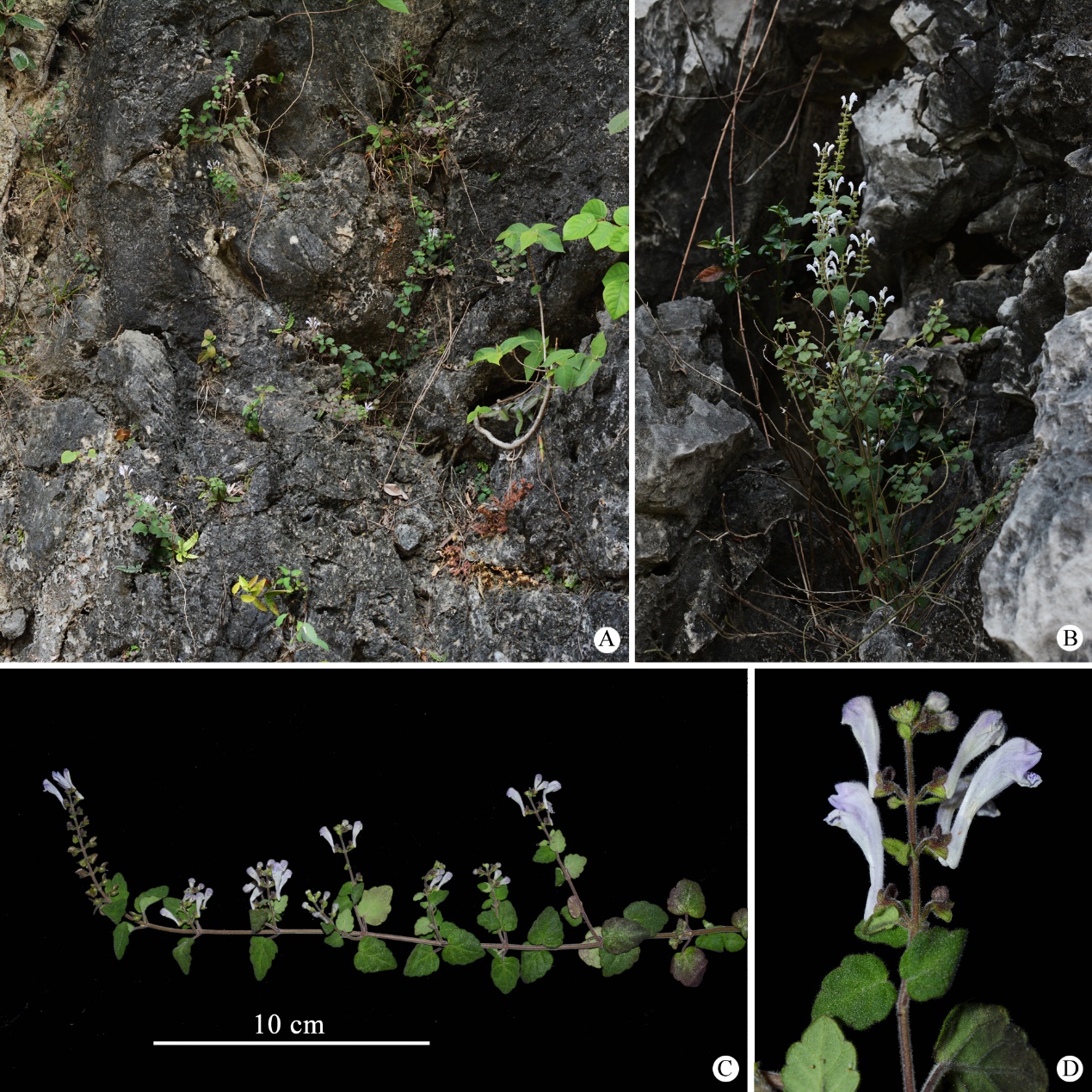
Figure 4. Living plants of Scutellaria albovillosa in the wild.(Imaged by ZENG et al)
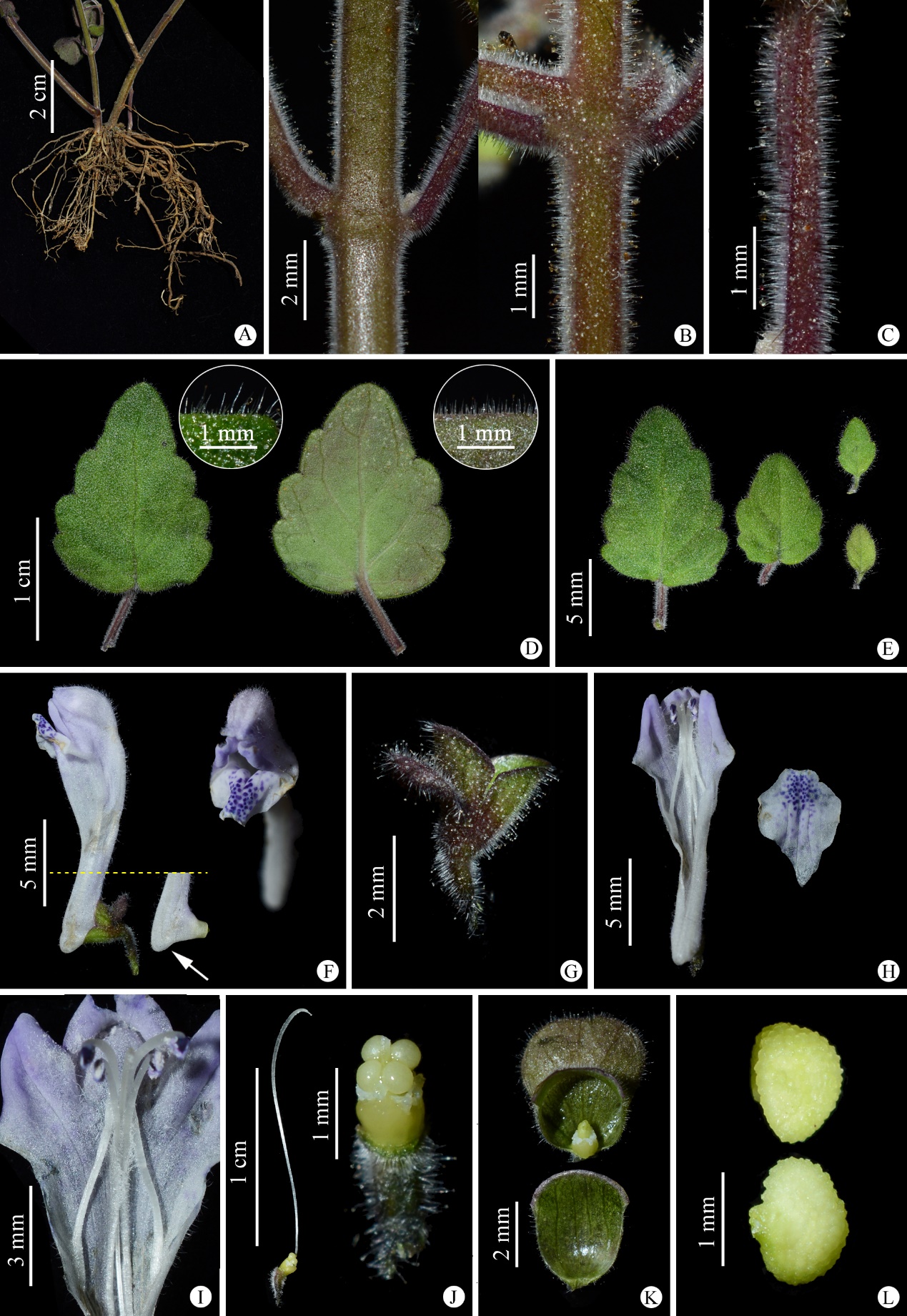
Figure 5. Dissection of Scutellaria albovillosa.(Imaged by ZENG et al)
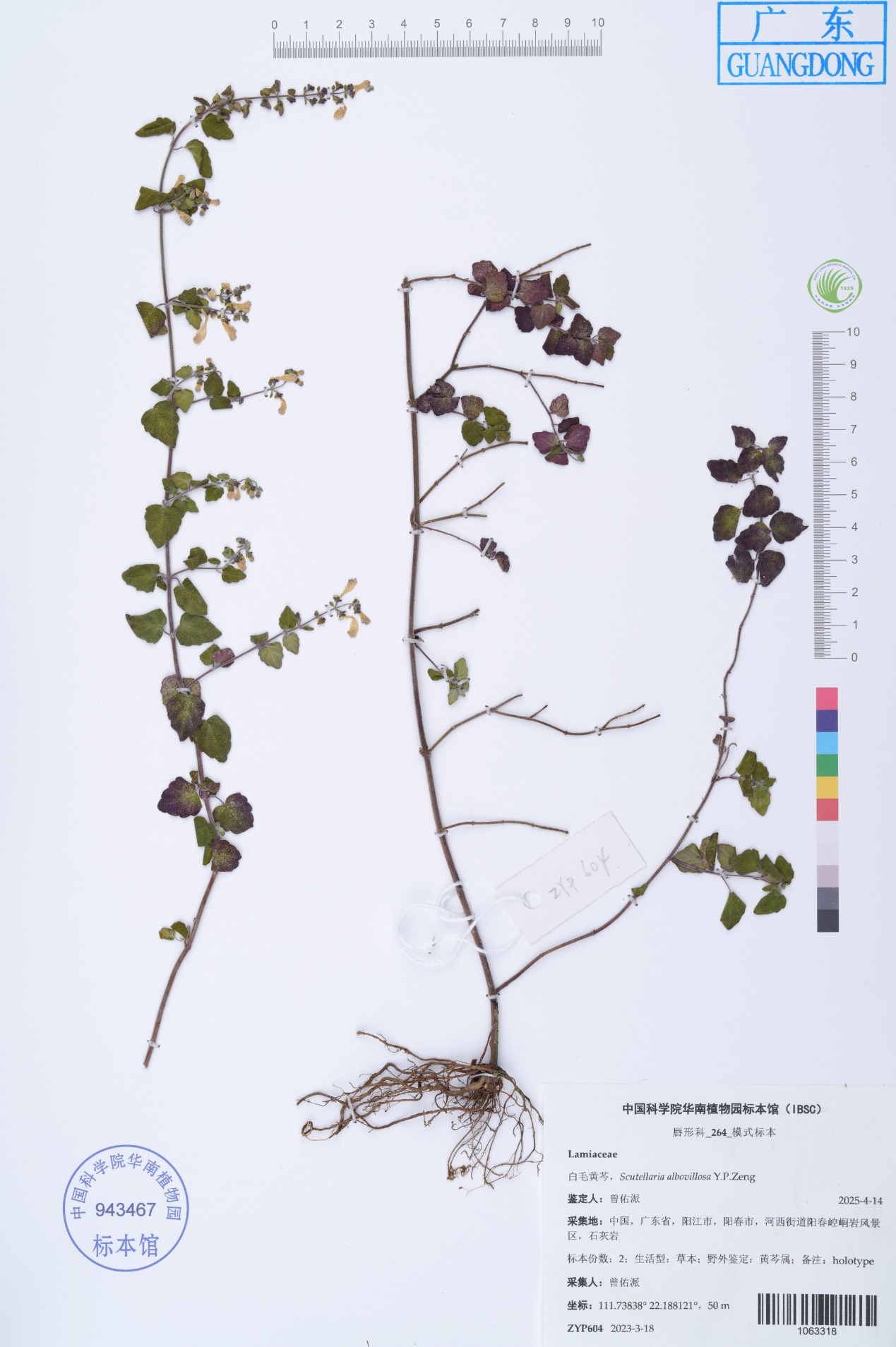
Figure 6. Holotype of Scutellaria albovillosa.(Imaged by ZENG et al)
File Download:
